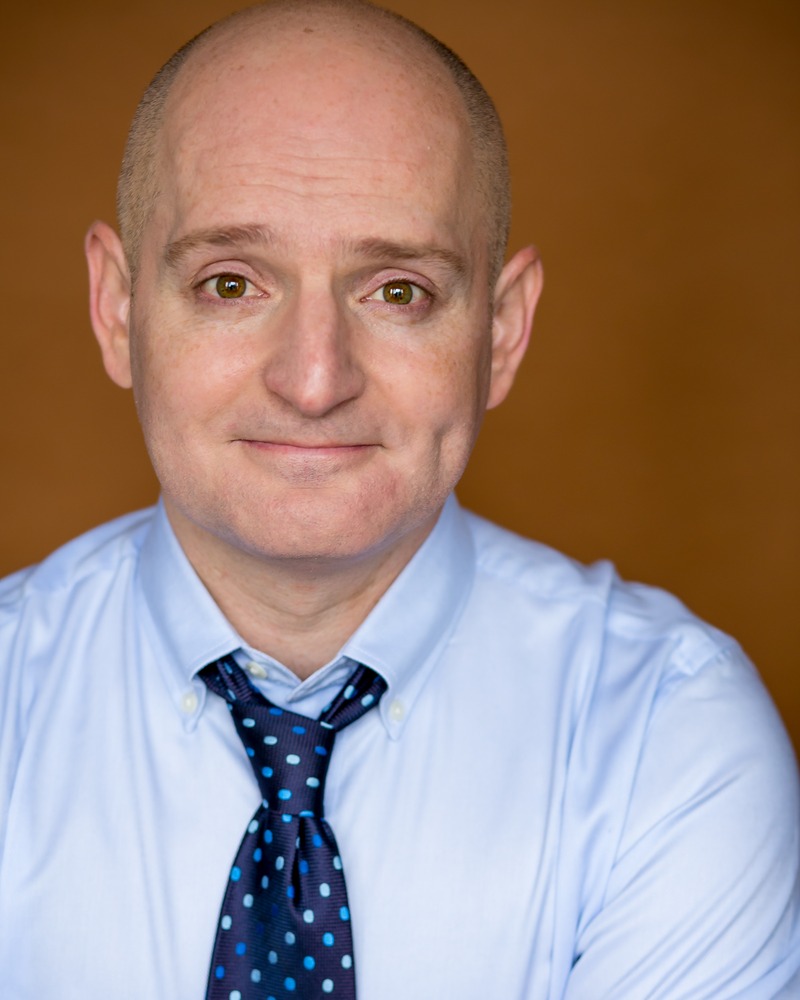Fortunately, Kat and I, and our houseguest Susie, who clearly chose a horrible time to visit New York, were all safe and sound in our apartment during the storm. Even more fortunately, we never lost power, unlike many others in neighbouring counties and states, who lost that and a whole lot more. We're feeling very lucky.
So, with the winds blowing and the DVD player still working, we watched the first of 1942's Best Picture nominees...
The Talk of the Town
Director:
George Stevens
Screenplay:
Irwin Shaw, Sidney Buchman, Dale Van Every, Sidney Harmon
Starring:
Cary Grant, Jean Arthur, Ronald Colman, Edgar Buchanan, Glenda Farrell, Charles Dingle, Emma Dunn, Rex Ingram
Academy Awards:
7 nominations
0 wins
Charged with arson and murder, innocent mill worker Leopold Dilg (Grant) escapes from police custody and convinces schoolteacher Nora Shelley (Arthur) to hide him out in her rental property. Inconveniently, Nora has rented the house to esteemed law professor and Supreme Court candidate Michael Lightcap (Colman) for the summer. Posing as the gardener, Dilg enjoys deep legal discussions with Lightcap and the two begin an unlikely friendship. With the help of Nora and his own lawyer, Dilg attempts to surreptitiously persuade Lightcap to get involved in the arson case, hoping his influence will help expose the truly guilty parties. Unsurprisingly, a love triangle develops, as both Dilg and Lightcap vie for Nora's affections.
The opening sequence of The Talk of the Town seems to set the film up as a noir thriller - a wrongly accused man escapes from police custody to clear his name and fight the oppressive corporate mastermind who tried to bring him down. The photography is dark and newspapers with big headlines twirl towards the camera every few seconds. Then almost immediately, farce and even some occasional slapstick well and truly take over, and the picture's screwball comedy nature reveals itself. However, the moral explorations still remain, particularly the question of whether it's ever morally right to disobey the law, and it is all mixed seamlessly together with the comedy to create a thoughtful and entertaining story.
The film received an impressive seven Oscar nominations, including a Best Picture nod, but was unable to convert any of them into a win. Somewhat surprisingly, with so many nominations, none were for the actors, despite appealing performances from the three leads. Cary Grant is affable (as usual), even with such a passionate cause. The delectable Jean Arthur is adorably goofy as the girl trying to hold it all together. But Ronald Colman's nonchalant delivery steals the show, a truly elegant gentleman. And look out for a very young Lloyd Bridges playing a pushy reporter.

.jpg)



.jpg)

.jpg)

.jpg)




